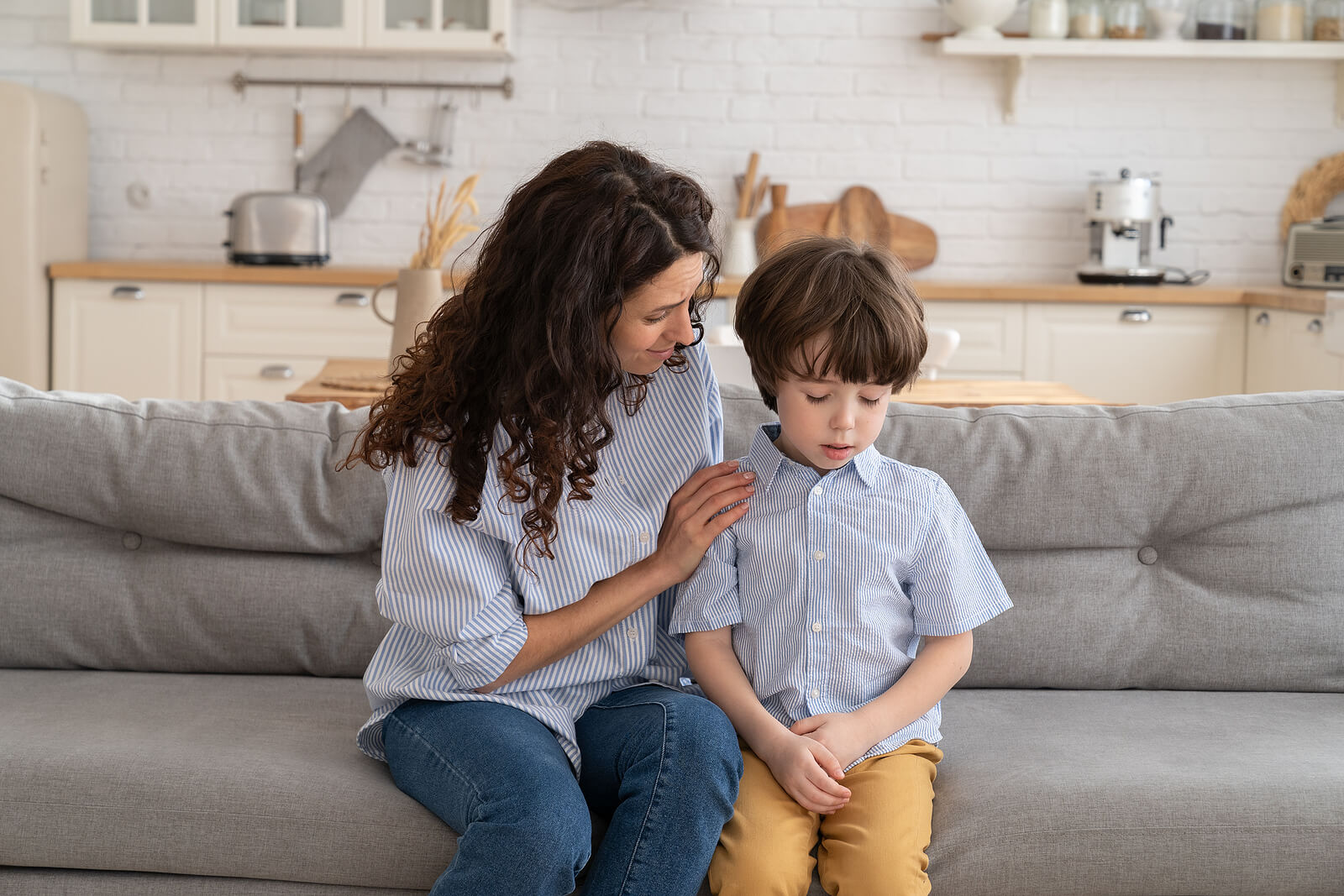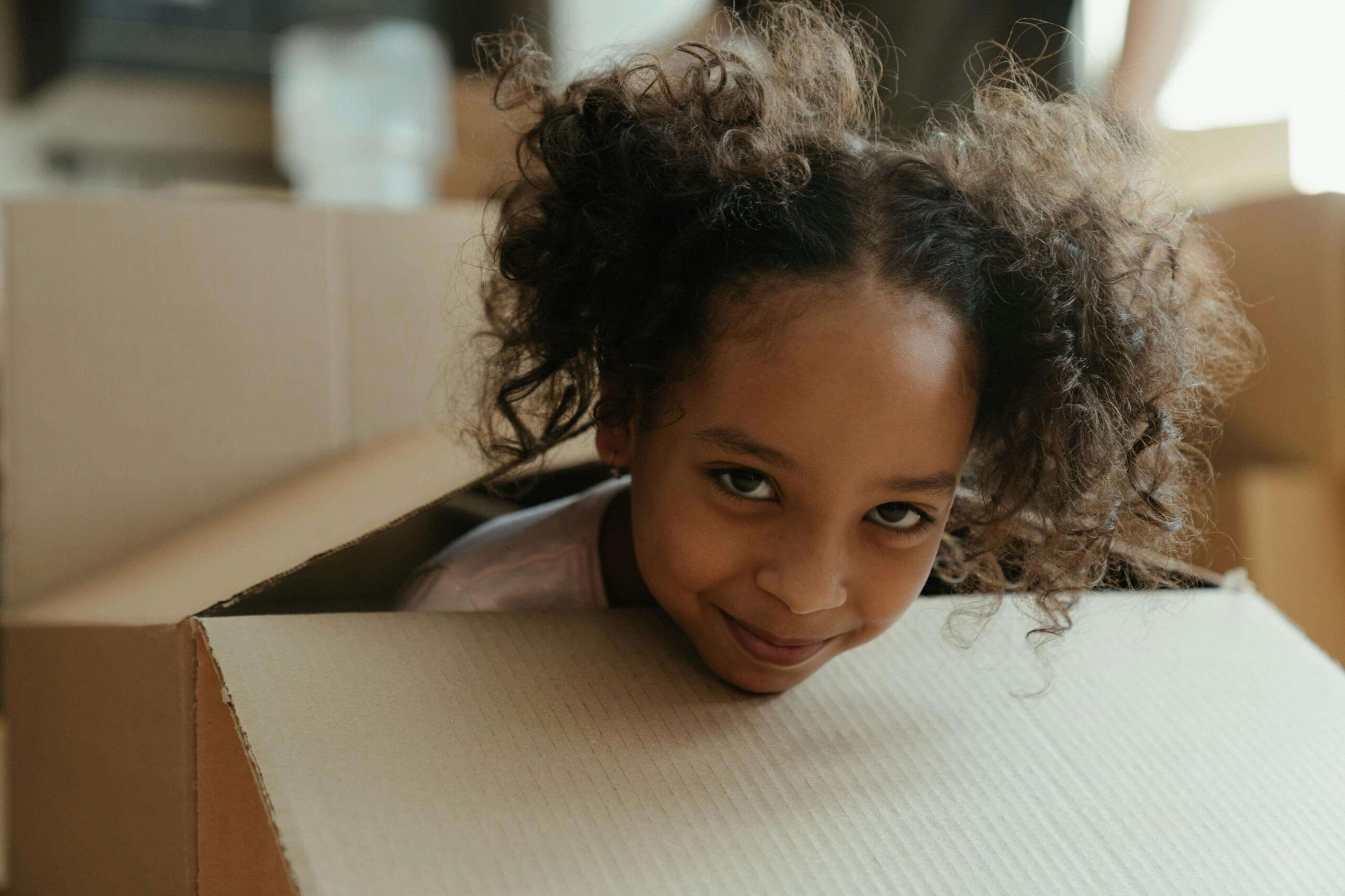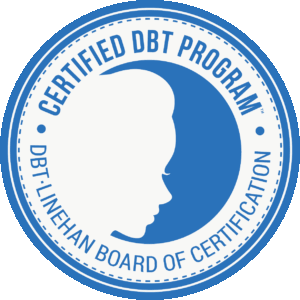By Rob Peterman, LAC
Children today are faced with increased levels of stress and distraction than ever before. Whether it be school, extracurricular activities, or social media, children can have a very challenging time trying to stay focused, calm, and present. Fortunately, mindfulness used in therapy for children can help children navigate these challenges by helping to improve their emotional regulation, resilience, and overall well-being.

What is Mindfulness?
Mindfulness involves paying attention to the present moment without judgment. It’s about being fully engaged with whatever you’re doing—whether it’s eating, walking, or even breathing—while letting go of distractions and anxieties about the past or future. For children, practicing mindfulness can help them become more aware of their emotions, thoughts, and physical sensations in a calm and centered way.
Why is Mindfulness Important for Kids?
Mindfulness can be a game-changer for children in managing their emotions, behavior, and mental health. Here are some of the benefits:
- Improved Focus and Attention: Mindfulness helps children learn to direct their attention, making it easier for them to concentrate on tasks.
- Better Emotional Regulation: By recognizing their emotions without being overwhelmed by them, children can develop healthier ways of reacting to stress, frustration, or anxiety.
- Reduced Impulsivity: Mindfulness encourages children to pause before reacting, leading to more thoughtful responses instead of impulsive behaviors.
- Stress Reduction: Practicing mindfulness techniques can help children manage daily stressors, promoting a sense of calm and relaxation.
- Enhanced Social Skills: Mindful children often become more empathetic and aware of the feelings of others, which results in improved relationships with family and peers.
Mindfulness Techniques for Kids
Incorporating mindfulness into your child’s routine doesn’t have to be complicated. Here are some simple, fun, and effective techniques from a child therapist that you can introduce to your child:
1. Belly Breathing
One of the easiest mindfulness practices for children is deep belly breathing. This helps to calm the nervous system and center the mind.
- How to do it: Have your child sit or lie down comfortably, placing a hand on their belly. Encourage them to breathe deeply through their nose, watching their belly rise and fall like a balloon. Inhale for a count of 4, hold for 2 seconds and exhale slowly for a count of 6. Repeat this several times, focusing on the breath and the sensation of the belly expanding and contracting.
2. The Body Scan
A body scan is a technique where children focus on different parts of their body to release tension and become more aware of physical sensations.
- How to do it: Ask your child to sit or lie down in a comfortable position. Guide them to close their eyes and pay attention to their toes, noticing how they feel. Slowly move up their body, encouraging them to notice their feet, legs, stomach, chest, hands, arms, shoulders, neck, and head. Let them focus on how each body part feels—whether it’s tight, relaxed, warm, or cool.
3. Mindful Coloring or Drawing
Creative activities like coloring or drawing can be a fun and engaging way for children to practice mindfulness. These activities promote focus and self-expression.
- How to do it: Provide your child with coloring materials or a blank piece of paper. Encourage them to focus on the colors, patterns, and shapes they create, paying attention to the process rather than the final product.
5. The Five Senses Exercise
This activity helps children connect with the present moment through their senses, grounding them in their surroundings.
- How to do it: Ask your child to notice one thing they can see, one thing they can hear, one thing they can touch, one thing they can smell, and one thing they can taste. Encourage them to focus on each sense individually, taking their time to really experience each one.
Tips for Creating a Mindful Environment
To support your child’s mindfulness practice, it’s helpful to create a calm, quiet environment. Here are some tips for mindfulness practice at home:
- Set aside time: Make mindfulness a regular part of your child’s day—whether it’s during a quiet moment before bed, after school, or during transitions between activities.
- Limit distractions: Turn off electronic devices or other distractions during mindfulness practice to help your child focus.
- Be a role model: Children often learn by observing their parents. Practice mindfulness yourself, and share your experiences with your child.
- Make it fun: Keep mindfulness activities playful and engaging, using stories, games, or favorite music to keep your child’s interest.
Looking for additional support in helping your child with mindfulness? Contact DBT of South Jersey today and schedule an appointment at our Voorhees or Moorestown office to get started.

Support Your Child in Staying Present and Calm With Therapy For Children in South Jersey
If you’re looking for effective ways to help your child stay present and calm, therapy for children can provide valuable mindfulness techniques. At DBT of South Jersey, we specialize in guiding children to develop emotional regulation skills that support their well-being. Discover how mindfulness can make a positive difference in your child’s daily life. Follow these three simple steps to get started:
- Contact us to book a free consultation with our intake team
- Meet with one of our skilled child and teen therapists
- Start seeing positive changes in your child’s emotions and behaviors!
Other Services Offered By DBT of South Jersey
At DBT of South Jersey, we provide more than just therapy for children to support emotional and behavioral growth in our Voorhees and Moorestown locations. We recognize that you might have additional concerns to explore. Our services also include couples counseling, OCD treatment, trauma therapy, LGBTQIA+ affirming therapy, and holistic options like one-on-one Reiki. For more information about therapy for children and teens, visit our blog!





